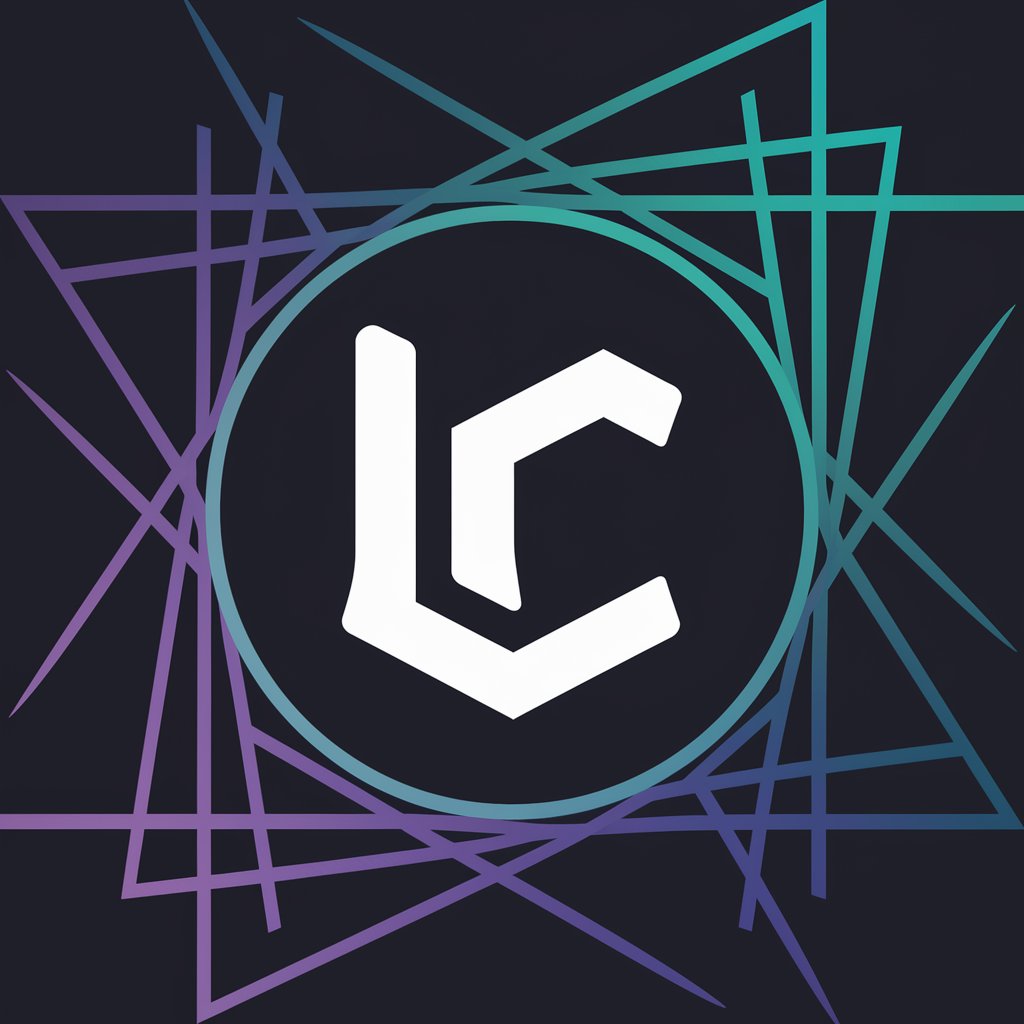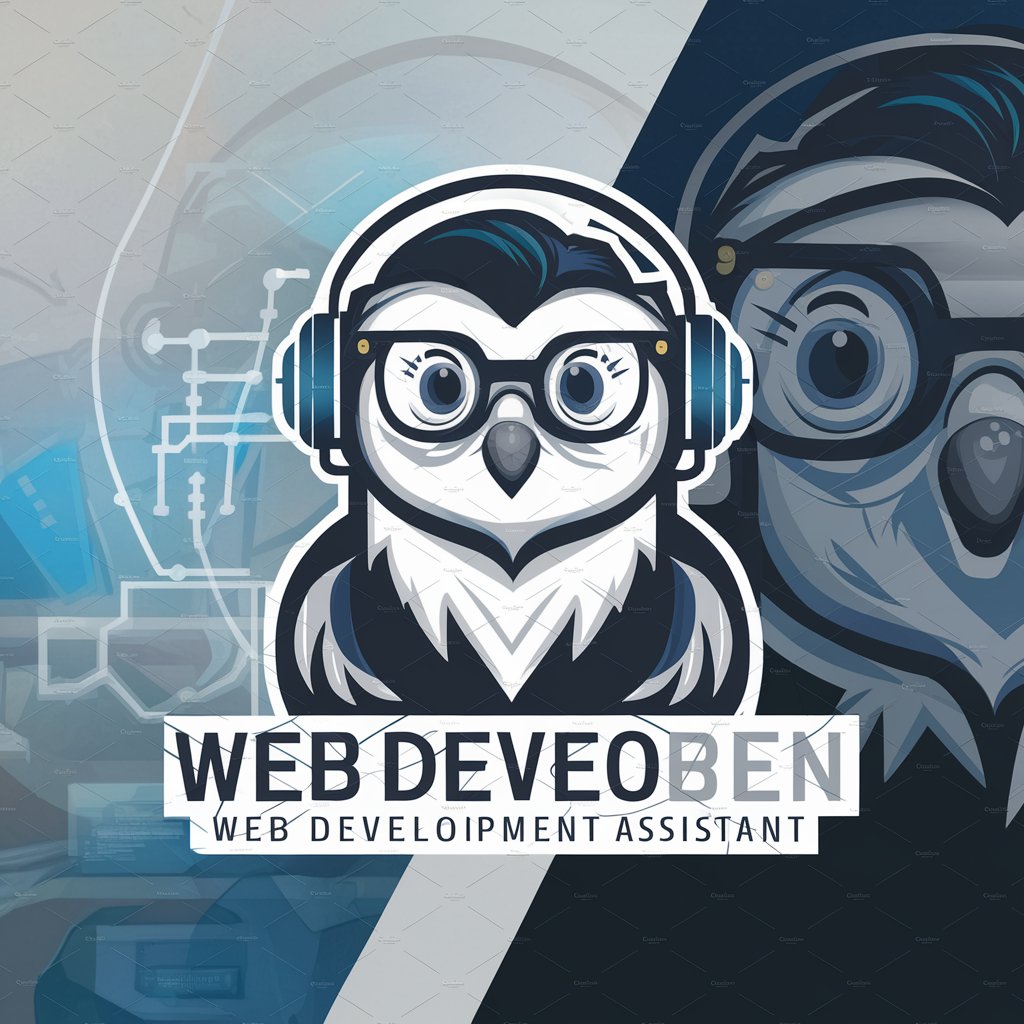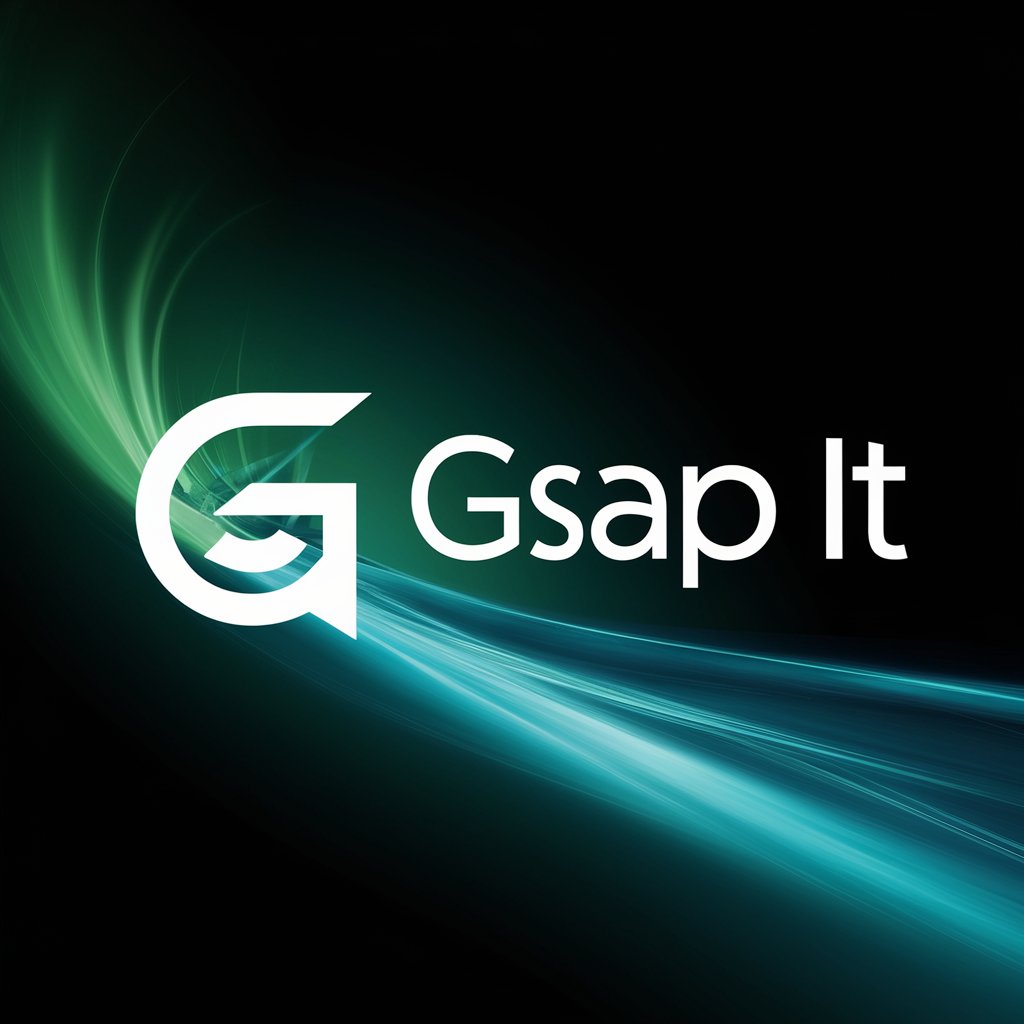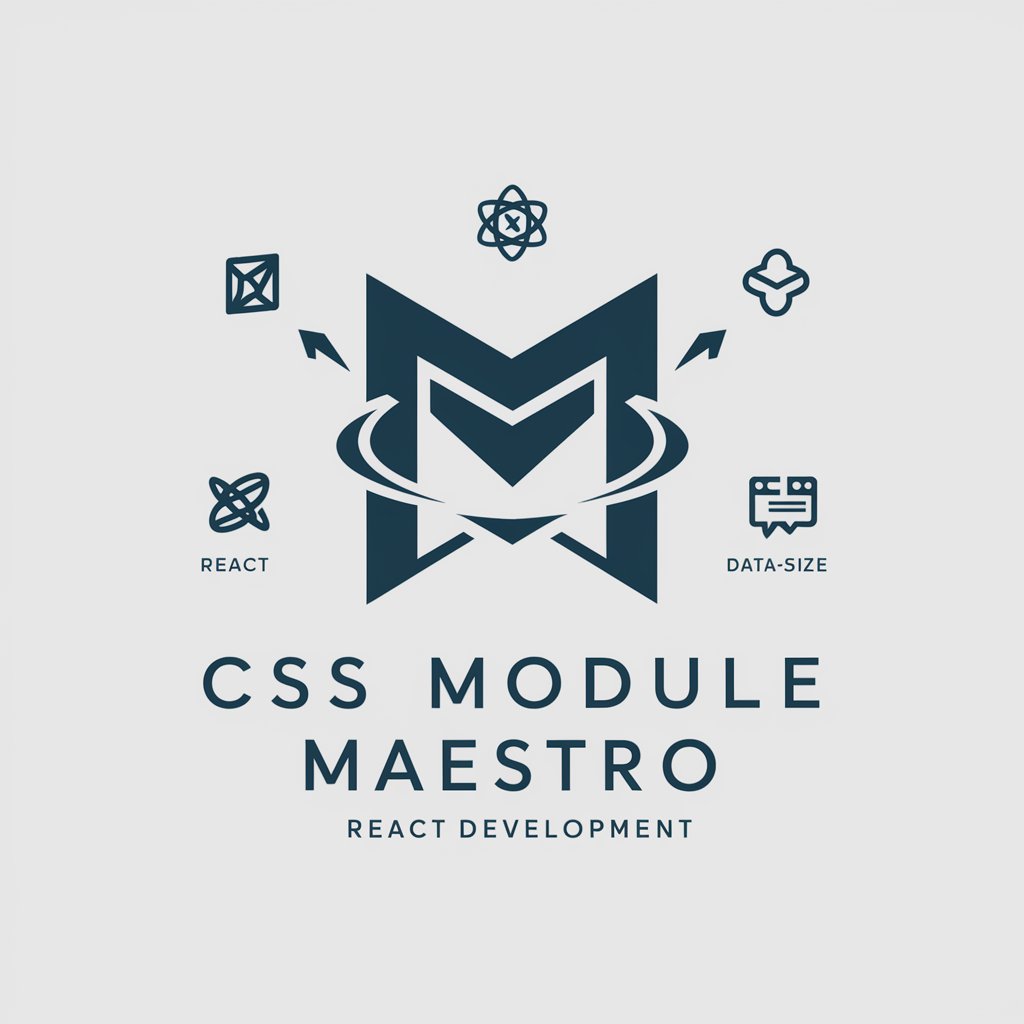12 GPTs for Interactive UI Powered by AI for Free of 2025
AI GPTs for Interactive UI are advanced artificial intelligence tools built on the Generative Pre-trained Transformer (GPT) model, specifically designed to enhance and facilitate the creation, development, and management of interactive user interfaces. By leveraging the power of machine learning and natural language processing, these tools offer tailored solutions that adapt to a wide range of tasks and topics within the Interactive UI domain. The role of GPTs in this field is crucial, providing intuitive, efficient, and customizable approaches to UI design and interaction, making complex functionalities more accessible to developers and designers alike.
Top 10 GPTs for Interactive UI are: Svelte,JQuery, Javascript, AJAX, HTML, Bootstrap, CSS,Blazor,Livewire v3 Coding Assistant,jQuery,To tailwind,HTMX Assistant,HTMX helper,GSAP It,Framer GPT
Svelte
AI-powered tool for building fast web apps.

JQuery, Javascript, AJAX, HTML, Bootstrap, CSS
AI-powered tool for web development.

Blazor
Empowering web interfaces with AI

Livewire v3 Coding Assistant
Power Up Your Laravel Apps

jQuery
Streamlining Web Interactions

To tailwind
AI-powered Tailwind CSS Assistant

HTMX Assistant
Empowering Web Development with AI

HTMX helper
Empower HTML with AI

GSAP It
Animating HTML made easy with AI.

Framer GPT
Enhance your prototypes with AI power.

Expert: React, CSS Modules with data-attributes
Tailor React styling with AI-driven CSS Modules.

Key Characteristics and Capabilities
AI GPTs tools for Interactive UI boast a variety of unique characteristics and capabilities, setting them apart in the realm of UI development. These include adaptability to both simple and complex UI tasks, advanced language understanding for intuitive design feedback, technical support through code generation and bug fixes, integrated web searching for enhanced information retrieval, image creation for UI mockups, and sophisticated data analysis for user interaction insights. These features not only streamline the UI design process but also enrich the user experience by making interfaces more interactive and responsive.
Who Benefits from Interactive UI GPTs?
The primary beneficiaries of AI GPTs tools for Interactive UI include novices, developers, and professionals within the UI/UX design field. These tools are designed to be accessible to those without extensive coding skills, offering guided assistance and intuitive design suggestions. Simultaneously, they provide powerful customization options and advanced functionalities for experienced programmers and designers, allowing for the creation of sophisticated, user-centered interfaces.
Try Our other AI GPTs tools for Free
Server Interactions
Discover how AI GPTs revolutionize server interactions, offering automation, real-time insights, and natural language processing for efficient server management.
Staff Scheduling
Revolutionize your workforce management with AI GPTs for Staff Scheduling, optimizing efficiency and employee satisfaction with intelligent, adaptable solutions.
Educational Listening
Discover how AI GPTs for Educational Listening revolutionize language learning and comprehension enhancement, offering personalized, interactive experiences tailored to each learner's pace.
Symptom Support
Discover AI GPTs for Symptom Support: intelligent tools designed to personalize your health management with advanced AI, offering tailored advice and insights for a healthier life.
Workplace Advocacy
Explore how AI GPTs are revolutionizing Workplace Advocacy with tailored solutions for policy drafting, rights guidance, and engaging campaigns.
Documentation Strategy
Explore how AI GPTs revolutionize Documentation Strategy, streamlining the creation, organization, and optimization of documents with cutting-edge AI technology.
Expanding Horizons with GPTs
AI GPTs as customized solutions play a pivotal role in transforming the Interactive UI sector. Their user-friendly interfaces and adaptability offer a unique advantage in creating more engaging and intuitive user experiences. The potential for these tools to integrate seamlessly with existing systems or workflows further underscores their value, paving the way for innovative applications and efficiencies in UI design.
Frequently Asked Questions
What are AI GPTs for Interactive UI?
AI GPTs for Interactive UI are AI-driven tools that leverage GPT models to offer specialized assistance in developing and optimizing user interfaces, making them more interactive and user-friendly.
How do these tools enhance UI design?
These tools enhance UI design by providing adaptive suggestions, automating code generation, offering design mockups through image creation, and delivering insights on user interaction, thereby streamlining the design process.
Can non-programmers use AI GPTs for Interactive UI?
Yes, non-programmers can use these tools as they are designed with intuitive interfaces and guidance, making the technology accessible to those without a technical background.
What makes AI GPTs tools unique for Interactive UI development?
Their ability to understand and generate human-like language, provide real-time feedback, create images, and analyze data makes them uniquely suited for enhancing interactive UI development.
How do AI GPTs support customization in UI design?
AI GPTs support customization by allowing developers to fine-tune the AI's output, integrate it with existing codebases, and leverage its learning capabilities to meet specific design requirements.
Are there any special features for technical support?
Yes, these tools offer technical support features such as bug detection, code optimization suggestions, and automated fixes to common programming issues.
Can AI GPTs tools integrate with existing UI design platforms?
Many AI GPTs tools are designed to be compatible with existing UI design platforms, allowing for seamless integration and enhancing workflow efficiency.
What future applications might AI GPTs have in Interactive UI?
Future applications may include more advanced predictive design capabilities, deeper integration with virtual reality interfaces, and enhanced customization through machine learning.